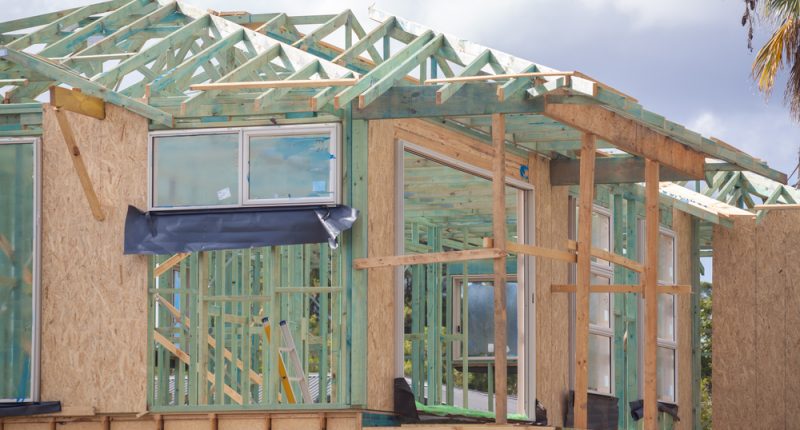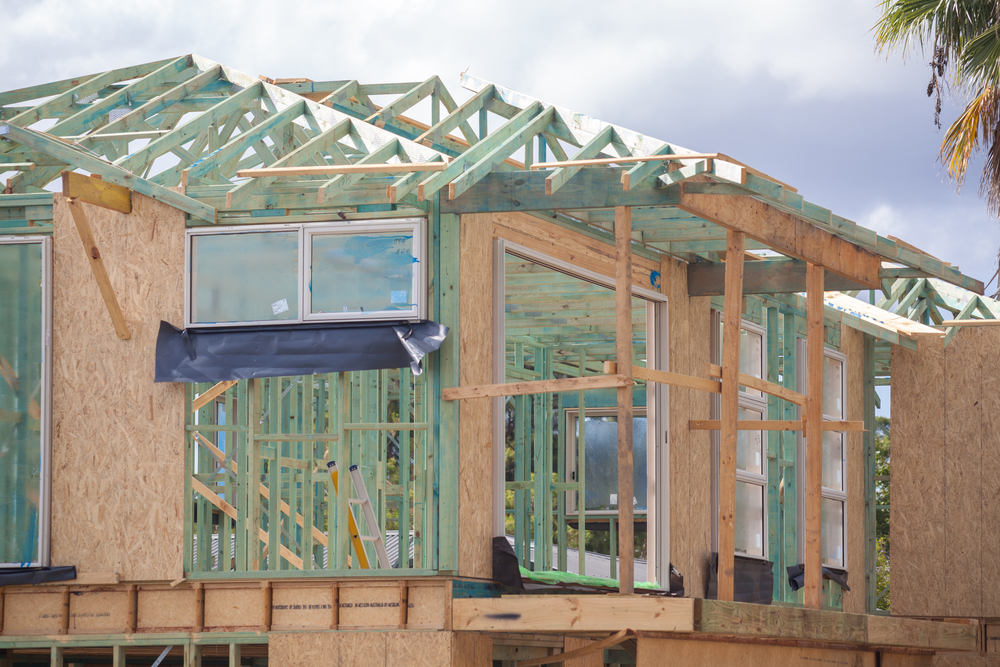- The Australian Building Codes Board is proposing an increase in the minimum NatHERS rating from 6 to 7 in a newly proposed National Construction Code
- It proposes new provisions designed to allow retrofit of on-site renewables and electric vehicle charging equipment
- Also put forward are enhanced condensation management provisions, including additional ventilation and wall vapour permeability requirements
- Minimum accessibility requirements are also in the newly updated code, a move welcomed by experts
The Australian Building Codes Board is proposing an increase in the minimum NatHERS rating from 6 to 7 in a newly proposed National Construction Code (NCC) 2022.
Senior Lecturer in the Sustainable Building Innovation Lab at RMIT University Trivess Moore said the proposed changes are the most significant revision to the residential construction code since the introduction of 6 star in 2010.
“The likely increase from 6 to 7 stars as a minimum performance requirement is a critical step on the path towards near zero carbon/energy housing,” Dr Moore said.
“An increase from 6 to 7 stars would result in an average reduction in energy for heating and cooling of 24 per cent across Australia.”
“Research undertaken at RMIT University found that more than 80 per cent of new housing in Australia is only built to the minimum 6 star standard, with less than 1.5 per cent built to the optimal environmental and economic performance of 7.5 stars demonstrating the need to improve minimum regulatory requirements.”
However, Dr Moore said changing the minimum star rating alone would not be enough, with greater accountability required.
Senior Industry Fellow at RMIT Alan Pears said regulation, which has driven building energy performance, has been slow to respond to changes and noted the 2022 update does not reflect conditions that will exist over the life of a new dwelling.
“We need much more focus on summer performance,” he said.
“This should include performance in late summer and autumn, when the sun is lower in the sky but extreme heat will be more likely.”
The new code would also introduce whole-of-home annual energy use requirements for air-conditioniung, heated water systems, lighting and swimming pools.
In addition, it proposes new provisions designed to allow retrofit of on-site renewables and electric vehicle charging equipment and enhanced condensation management provisions, including additional ventilation and wall vapour permeability requirements.
Also in the code is an introduction of minimum accessebility requirements that will include obligations for corridors to be wide enough to accommodate walking aids and reinforced walls in bathrooms for future installations, among others.
Senior Lecturer at RMIT Nicola Willand said it increases much needed supply of housing for people with impaired mobility – about 2.7 million people in Australia
“Having minimum accessibility requirements built at the construction phase – about $4000 for a new detached house – removes the need to find suitable accommodation if one is injured or develops impairments as they age,” Dr Willand said.







